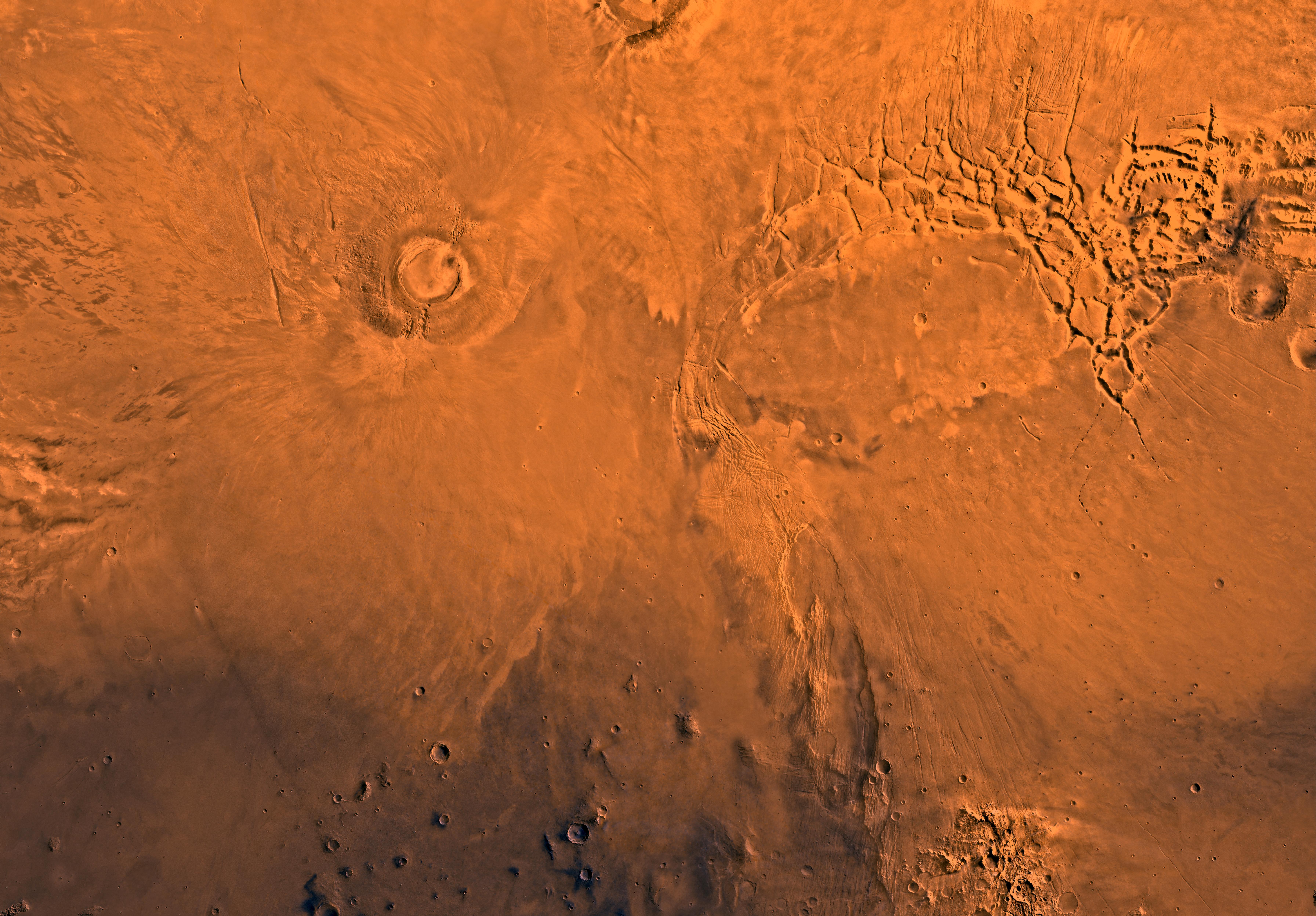

| Online: | |
| Visits: | |
| Stories: |

| Story Views | |
| Now: | |
| Last Hour: | |
| Last 24 Hours: | |
| Total: | |
Pluto’s Venera Terra, Utterly Alien Landscape, Unlike Anything Ever Seen
In looking over images of Pluto’s informally named Venera Terra region, New Horizons scientists have spotted an expanse of terrain they describe as “fretted.” As shown in the enhanced-color image at top, this terrain consists of bright plains divided into polygon-shaped blocks by a network of dark, connected valleys typically reaching a few miles (3 to 4 kilometers) wide. Numerous impact craters of up to 15 miles (25 kilometers) in diameter also dot the area, implying the surface formed early in Pluto’s history.

Credits: NASA/JHUAPL/SwRI
The resolution of these MVIC images is approximately 2,230 feet (680 meters) per pixel. They were obtained at a range of approximately 21,100 miles (33,900 kilometers) from Pluto, about 45 minutes before New Horizons’ closest approach on July 14, 2015.

Credit: NASA/JPL/USGS

Credits: NASA/JHUAPL/SwRI
Topographic maps of Pluto are produced from digital analysis of New Horizons stereo images acquired during the July 14, 2015 flyby. Such maps are derived from digital stereo-image mapping tools that measure the parallax – or the difference in the apparent relative positions – of individual features on the surface obtained at different times. Parallax displacements of high and low features are then used to directly estimate feature heights.
These topographic maps are works in progress and artifacts are still present in the current version. The map is artificially illuminated from the south, rather than the generally northern solar lighting of landscape during the time of the flyby. One of the many advantages of digital terrain maps is that they can be illuminated from any direction to best bring out different features. North is up and the total relief in the scene is approximately 4 miles (6 kilometers) from the lowest to the highest features.
Contacts and sources:
Editor: Tricia Talbert
Source:


